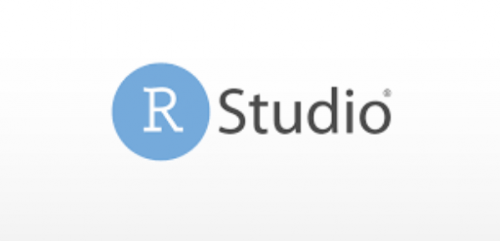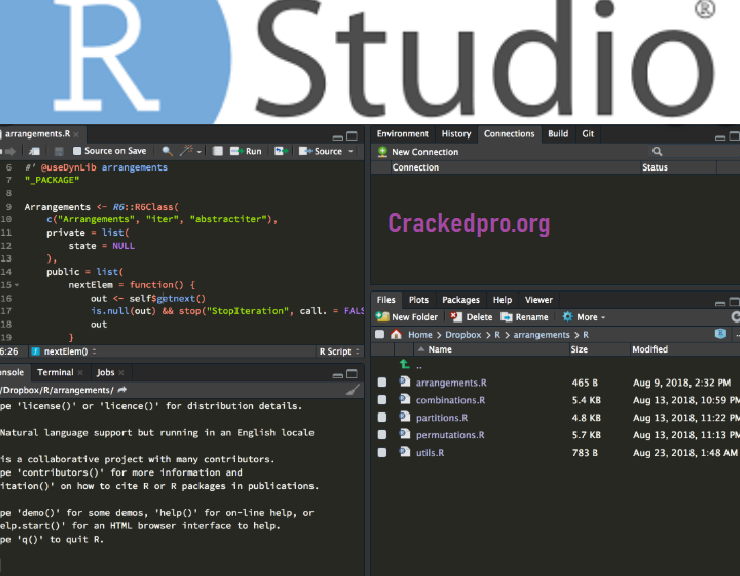

Looking back on May in Washington, D.C., one of the recurring themes of the month was RAIN. You can, of course, build up a dataset directly in RStudio, but it’s nice to have something to work with when first exploring the programming language.įor the sake of this exercise, I’ve created a dataset in Google Sheets for you to work with.

The next thing to do when getting started in R, is to identify a dataset you’d like to work with. Once you get your software installed and booted up, you should see something that looks approximately like the image below. Step 0: Install R and RStudioįirst, you’ll need to install R and RStudio on your computer. You could, of course, accomplish each of these tasks directly in Google Sheets, but bringing the data into RStudio opens up a new world of analytical possibilities. In this exercise, we’re going to execute the following commands: 1) install and start necessary packages, 2) bring a dataset into your work environment, 3) inspect your data to help you think about how it is structured, 4) convert your datatypes into useful data formats, 5) plot the data on a line graph. In this post, I’m going to introduce a few lines of code to get you started on your journey into R. You could also do this work in a business intelligence application such as Tableau or PowerBI, or conduct statistical analysis in STATA, but R and RStudio are free and open source. You could arguably do data analysis in almost any computer programming language, but R offers some of the most accessible statistical functions of any language available today. RStudio is an open source integrated development environment (IDE) for the R programming language, which focuses on programming for statistical analysis. This article is part 1 of 2, as we explore the basics of importing and analyzing data in RStudio.Īs a data scientist, I spend a lot of my time working in a programming language called R.


 0 kommentar(er)
0 kommentar(er)
